Errors and Exceptions in Python
- Errors and exceptions are integral to programming in Python. They help us understand why our code isn't working and how we can handle unexpected situations gracefully. This guide will introduce you to the basics of errors and exceptions in Python, along with examples to help you grasp these concepts effectively.
Types of Errors in Python:
(i) Syntax errors
(ii) Exceptions.
SYNTAX ERROR:
Syntax errors occur when the Python interpreter encounters incorrect
syntax in your code. These errors prevent your code from executing.
Example of a Syntax Error:
EXCEPTIONS:
Exceptions occur when your code is syntactically correct, but an error
arises during execution. These errors can be managed, allowing the program to
continue running or fail gracefully.
Example of an Exception:
COMMON TYPES OF EXCEPTIONS IN PYTHON:
Python has several built-in exceptions. Here are some of the most common ones:
1. SyntaxError :
- Raised when there is a syntax mistake in the code.
2. TypeError :
- Raised when an operation or function is applied to an object of inappropriate type.
3. NameError :
- Raised when a local or global name is not found.
4. IndexError :
- Raised when a sequence subscript is out of range.
5. KeyError :
- Raised when a dictionary key is not found.
6. ValueError :
- Raised when a function receives an argument of correct type but inappropriate value.
7. AttributeError :
- Raised when an attribute reference or assignment fails.
8. ZeroDivisionError :
- Raised when division or modulo by zero takes place.
9. ModuleNotFoundError :
- Raised when a module is not found.
HANDLING EXCEPTIONS IN PYTHON:
- To handle exceptions, Python provides the `try` and `except` blocks.
- Code that might raise an exception is placed inside the `try` block, and code to handle the exception goes inside the `except` block.
- Understanding and handling exceptions is crucial for writing robust Python code.
- We can manage errors gracefully and ensure that your programs are more reliable and easier to maintain.
Catching specific exceptions:
- You can catch multiple exceptions by specifying them in separate `except` blocks.
Using the else clause:
- The `else` clause can be used with `try` and `except` blocks.
- The code inside the `else` block executes only if the `try` block does not raise an exception.
The Finally clause:
- The `finally` block is used to specify code that should run no matter what, whether an exception was raised or not.
Raising Exceptions:
- You can manually raise exceptions using the `raise` statement.
ADVANTAGES:
- Improved Program Reliability: Properly handled exceptions prevent the program from crashing unexpectedly.
- Simplified Error Handling: Separates error handling code from regular code, making it cleaner and easier to read.
- Cleaner Code: Avoids complex conditional statements to check for errors.
- Easier Debugging: Provides tracebacks that show where the error occurred.
DISADVANTAGES:
- Performance Overhead: Can be slower than using conditional statements due to the additional work required to catch and handle exceptions.
- Increased Code Complexity: Handling multiple exceptions can make the code more complex.
- Potential Security Risks: Improperly handled exceptions can reveal sensitive information or create security vulnerabilities.

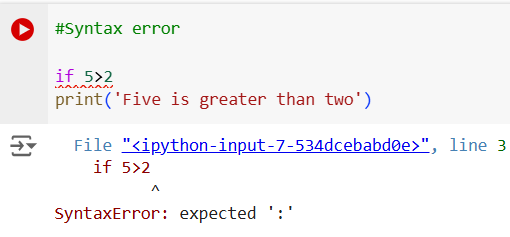


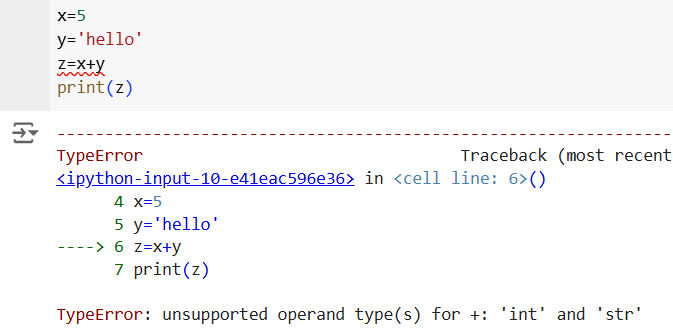


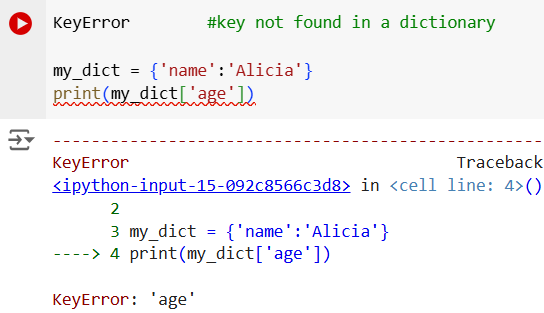


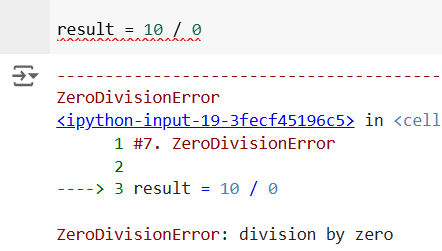

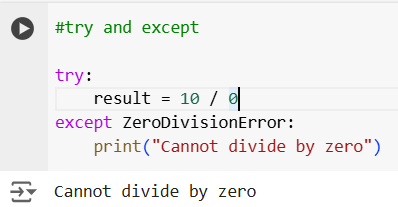

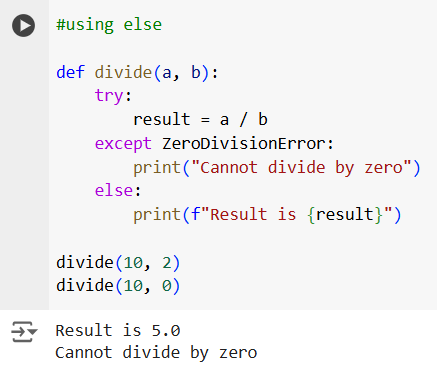




Comments
Post a Comment